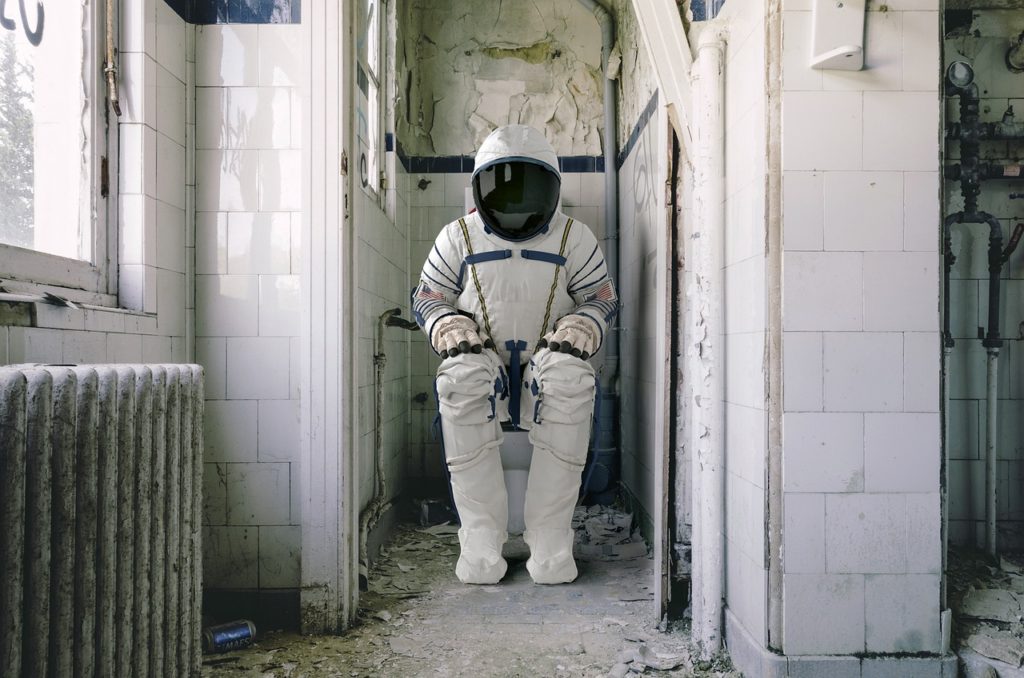
Combining pelvic floor exercises with behavioural therapy could be more effective than current medical treatments at helping men with frequent urges to urinate, new research in men has found.
The results reveal that an app-based therapy significantly improves the lower urinary tract symptoms that many millions of men experience—hesitancy, straining, frequent urges to urinate, and effective bladder emptying. The full trial results are expected to be published later this year.
This could be useful to people with multiple sclerosis, diabetes, rheumatoid arthritis, and other conditions, as well as to the general population.
Carried out in Germany, this is the world’s first randomised controlled trial to look at combining pelvic floor training, behavioural therapy and bladder control techniques for mild, moderate and severe bladder emptying disorders in men, all delivered as an app-based therapeutic.
Bladder emptying disorders can start to appear from the age of 30 and typically affect a large proportion of men aged over 50.
While clinical guidelines recommend physiotherapy, behavioural therapy and lifestyle changes as a first-line treatment, clinicians often neglect them due to a lack of available evidence. Several unpleasant side effects are associated with the few drugs available, and surgery is only advised for those with severe symptoms.
Professor Christian Gratzke, from University Hospital Freiburg in Germany, who co-led the trial, explains: “Frequent urges to urinate and issues emptying the bladder are the most prevalent urinary conditions we see in men after urinary tract infections. While some drugs are available, they don’t tend to be effective, and up until now, there’s been little data available to back physiotherapy. We’re confident that we now have that data, and making this form of therapy available digitally could be a game changer for the millions of men who struggle day-to-day with issues emptying their bladder.”
The researchers recruited 237 men aged 18 across Germany into their 12-week study. Half the men were randomised to receive standard medical care, while the other half were given access to the Kranus Lutera app-based therapy alongside standard care. These participants were asked to record a urination diary, which was used to inform their treatment, and complete questionnaires about their symptoms’ severity and overall quality of life.
After 12 weeks, the trial found significant and clinically meaningful improvements in symptoms and quality of life measures from participants given the app-based therapy, who reported an average seven-point increase in symptom scores compared to those in the control group.
The study found that app-based therapy was more effective than medical therapy. No patients reported any side effects or challenges accessing the smartphone app.
The findings challenge the dogma of the 1980s and 1990s, when prostrate surgery was the first line of treatment for an overactive bladder, and offer a welcome alternative to drugs, say the researchers.
“Many men with bladder emptying disorders are ageing and have other medical conditions that require drug treatments,” says Professor Gratzke. “The limited drugs we have available aren’t suitable for these patients due to their side effects. For those with mild-to-moderate urinary symptoms, this digital therapy is without side effects and improves symptoms by a magnitude we have not seen before. Simply strengthening the pelvic floor makes all the difference, it’s a no brainer.”
Jean-Nicolas Cornu, Professor of Urology at the Charles Nicolle Hospital in France and member of the EAU Scientific Congress Office, said: “There has been little to no evidence to support training men to better control their bladders, despite this being recommended in clinical guidelines. This is the first randomised controlled trial looking at physiotherapy and behavioural therapy for bladder emptying disorders, and it shows a very positive effect over conventional drug treatment.
“We now need a bigger trial looking at the longer-term effect of this app-based therapy after 12 weeks for different forms of bladder emptying disorders. If offered widely, this treatment could dramatically change clinical practice, and could relieve symptoms without exposing patients to drugs. We could save a lot of unnecessary prescriptions for drugs that tend to be of little benefit.”
The researchers compared data from men whose symptoms were due to overactive bladder with those whose symptoms were due to an enlarged prostate. They found that both groups benefited from the therapy. However, it did not compare the effect of therapy on different forms of bladder emptying disorder.